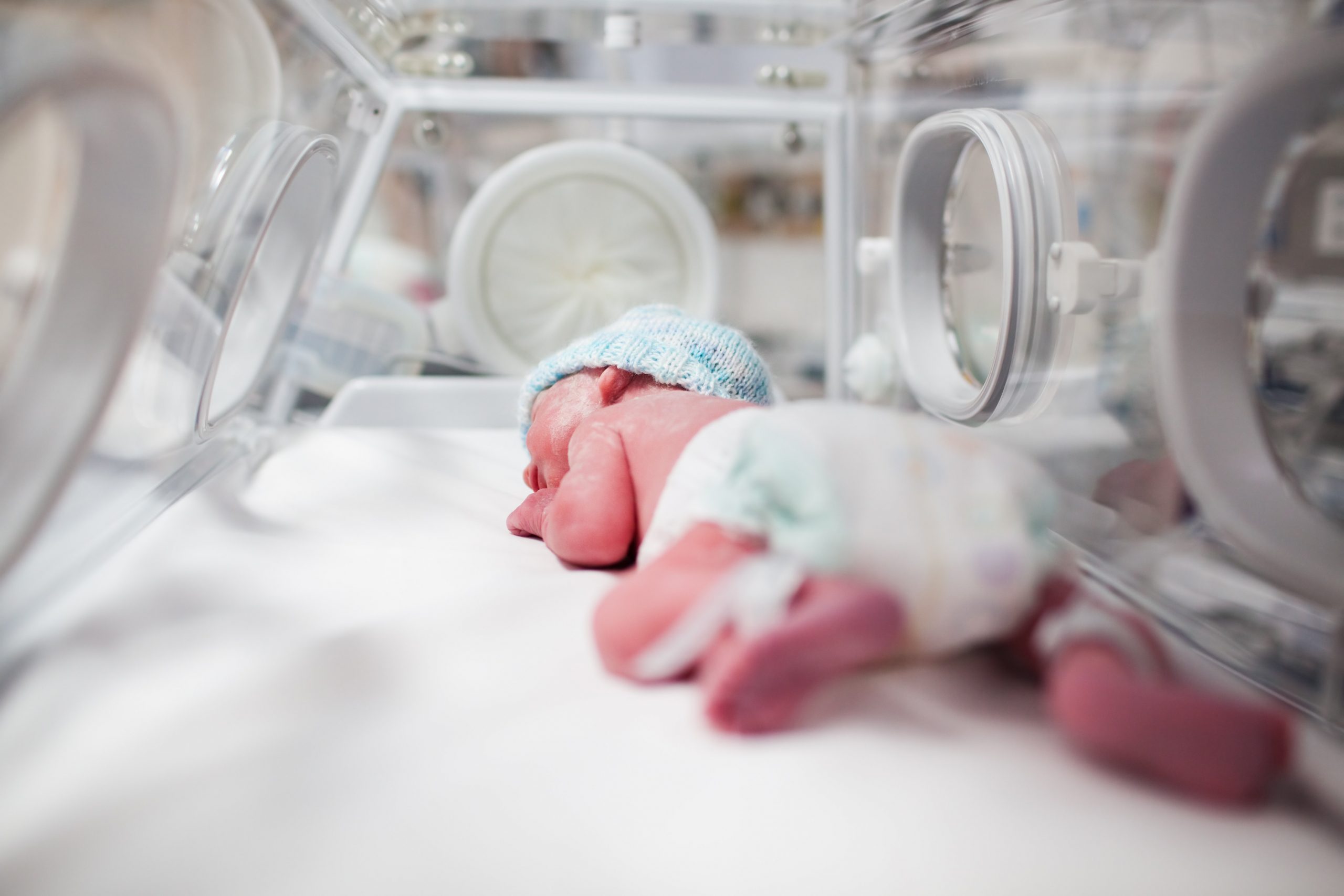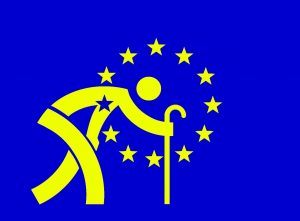Researchers this week again sounded “warning bells” over the threat of demographic collapse in Greece, with a gap between annual deaths and births widening.
The problem is more pronounced in municipal units in central and western Greece, along with eastern Macedonia and Thrace, in the north.
According to the new bulletin by the Institute of Demographic Research (IDR), over the 2020-22 period, the gap between deaths and births widened in the country, with 2010 being the landmark year when annual deaths outnumbered annual births.
During the 2020-22 period, the number of deaths reported in the country was 169,000, compared to only 113,000 births.
The authors of the specific paper quoted by the institute acknowledged that although the number of deaths during the pandemic increased significantly, the number of births is forecast to continue to drop in coming years.
The result will be that the gap between deaths and births will be around 55,000 every year on average, and in favor of the former, “something that is not going to change significantly,” according to the authors of the study, Vyron Kotzamanis and Vassilis Pappas.
According to the country’s statistics authority (EL.STAT) late last year, Greece’s resident population decreased by 0.5% in 2023 compared to the previous year, confirming the increasingly acute demographic crisis that has emerged over the past few decades.
EL.STAT recorded 10,413,982 residents in the country as of Jan. 1, 2023, down from 10,461,627 a year earlier. As with similar such figures, the number of women was higher than men, 5,323,391 to 5,090,591.
The “natural” population decrease is easily evident when looking at the number of live births versus deaths over the year, 75,921 compared to139,921 deaths on Greek territory. Conversely, net migration showed a positive balance of 16,355 individuals.
The 0-14 age group accounts for only 13.4% of the total population, whereas a whopping 63.7% of the population is between 15-64. Persons aged 65 and older comprise 22.9% to the population in Greece.






